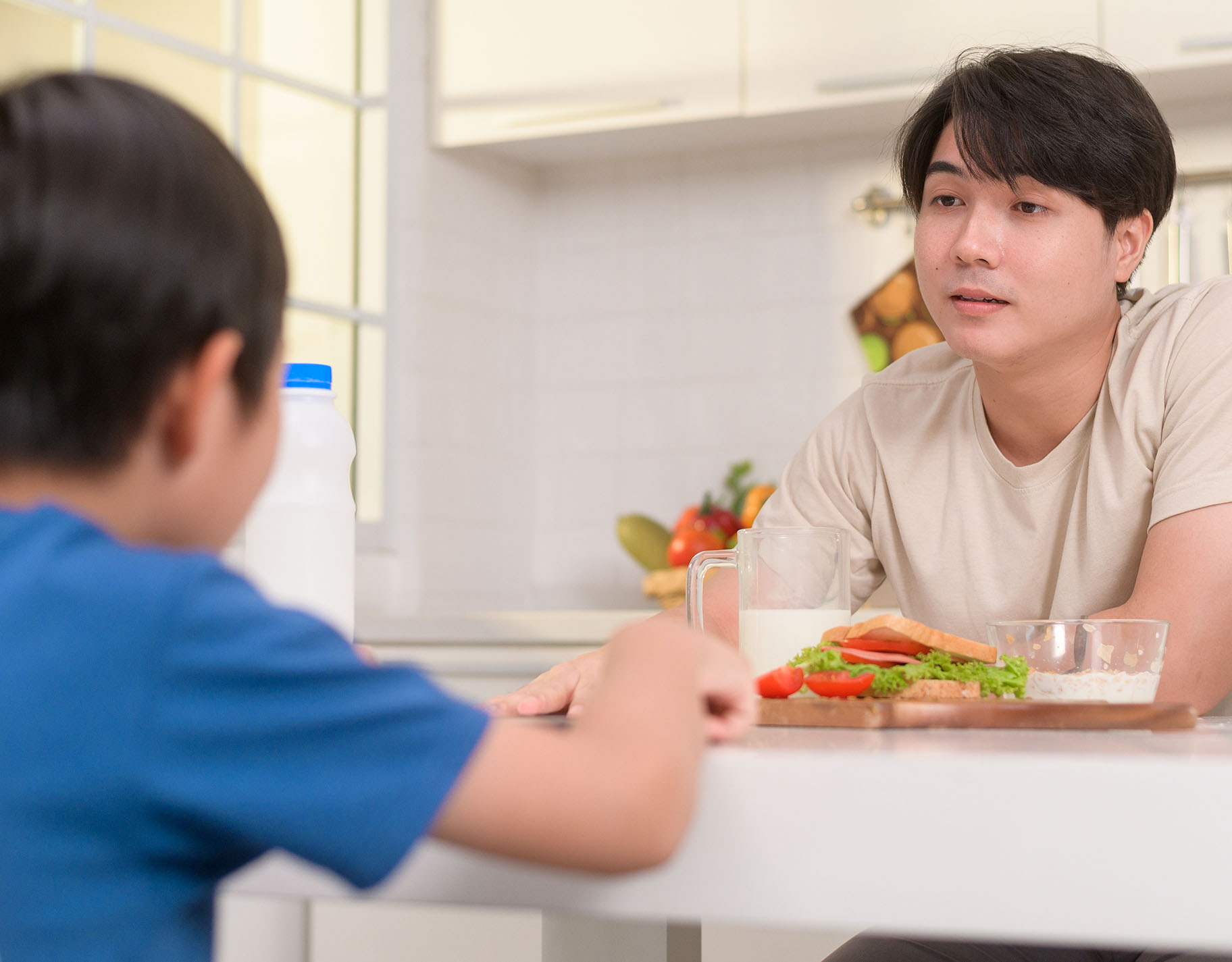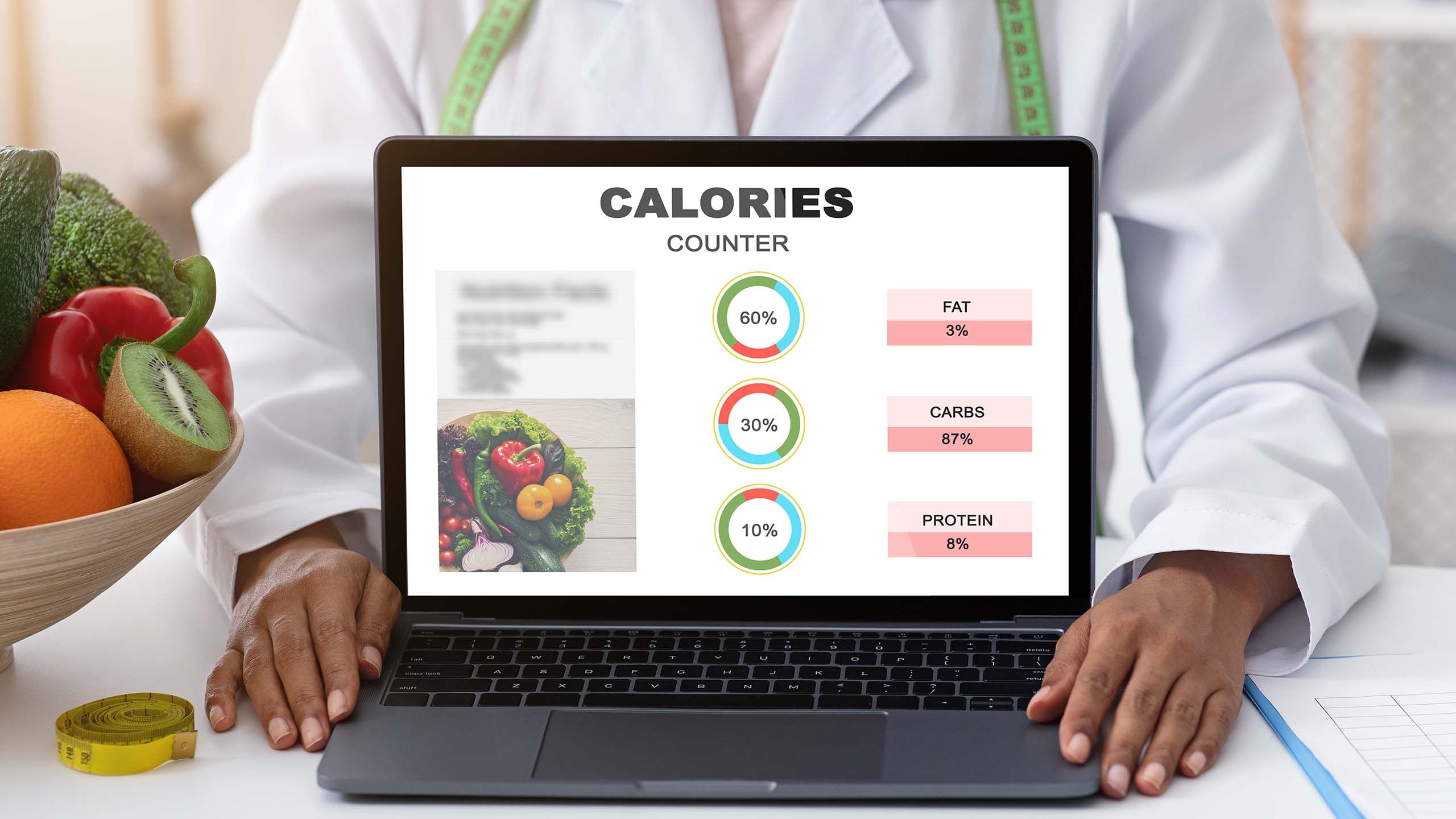The Importance of Safe Foods For Autistic Kids
It may look like the parents are giving their autistic kids too much control over their diet, but there’s a good reason behind it
Everyone gets frustrated with picky eaters. While some grow out of it, for autistic kids, it’s not that simple. It’s why some parents are willing to pay the restaurant’s corkage fee, bringing along a container with what they call their autistic kid’s “safe food.” These foods are something their kids can eat without having meltdowns or getting overstimulated by, making meal times more enjoyable for everyone.
Although some may feel that these parents are coddling their autistic kids, there’s actually a science behind their preference for these safe foods!

“Picky Eating” in Autistic Kids: Meet Food Neophobia!
Many say that picky eating is something kids learn from us. They watch our faces at the table, looking at how we respond to certain foods and flavors. Some studies have even shown that picky eating is also a developmental barrier that parents can avoid by exposing their kids to all sorts of flavors early on (Taylor and Emmett, 2019; Chilman, Kennedy-Behr, Frakking, Swanepoel, and Verdonck, 2021)
However, autistic kids process food differently. With their senses developing differently from others, they tend to process food differently — from the texture, temperature, color, and even its appearance (Nadon, Feldman, Dunn, Gisell, 2011; Rashid, Iftikhar, Badar, Masood, and Rehman, 2021). But some have had progress in changing the food’s appearance to reduce the stress, especially for vegetables and fruits. By altering its appearance, the food may be a lot easier for them to process (Chung, Law, and Fong, 2020).
Unfortunately, diets are a lot more delicate in autistic kids
Autistic kids because of their food preferences, sometimes suffer a lack of nutrition. Perhaps to avoid meltdowns or screams in public, we just give them their “safe food.” But doing so would affect their health in the long run. Besides malnutrition, it would also affect how they process information (Ismail, Ramli, Hamzaid and Hassan, 2020). A lack of balanced meals can quickly render them disoriented, leaving them to struggle with regulating their responses to physical and emotional stimuli (Mathew, Mallit, Masi, Katz, Walker, Morris, and Ooi, 2022).
But for parents, adding foods to their children’s diet isn’t easy. The screaming, the yelling, and resistance towards eating new food fall under a new term that studies call Food Neophobia. It gets worse the more we or their yayas force the kids to eat it. All the more, they won’t want to take in the new food (Xie et. al., 2024). It also doesn’t help that when the meltdown happens, people tend to look. The shame would creep up, and parents would be pushed to desperation to stop their autistic kids from wailing.
Has there been any luck in dealing with Food Neophobia? Parents raising autistic kids often don’t give into their child’s Food Neophobia. Care and love for them doesn’t mean always giving them their safe food. It will involve a lot of push and pull. Others have resorted to using multi-vitamins to cope with the lack of vitamins.

How can parents introduce new food to their autistic kids?
It can be frustrating, cooking the same food over and over again. The saying also goes, “Too much of a good thing is bad.” But how does a parent add variety to the food when their autistic kids can’t tell them what exactly about the food frustrates them and prefer routine because new things make them anxious?
Before we ask for suggestions, remember that no two cases of autism are exactly alike. Some parents often expose their kids to new food by letting them play with it. Touch, squeeze, smell, squish — it may not be acceptable to the grandparents and older parents, but it’s a start to letting them learn about new food.
Others have adopted the “monkey see, monkey do” approach. It’s an old biological approach wherein a monkey will not eat the red berry unless they see the other monkeys eat it. Once they see us eat the food and not react wildly to it, they’ll be more open to trying the food.
Raising an autistic kid and exposing them to new food can feel like a test of willpower. There will be a lot of trial and error, but once we figure them out, it’s now a challenge of creativity. Time to whip out some chef hats and work that stove, moms and dads!
References
Chilman, L., Kennedy-Behr, A., Frakking, T., Swanepoel, L., & Verdonck, M. (2021). Picky eating in children: A scoping review to examine its intrinsic and extrinsic features and how they relate to identification. International journal of environmental research and public health, 18(17), 9067.
Chung, L. M. Y., Law, Q. P. S., & Fong, S. S. M. (2020). Using physical food transformation to enhance the sensory approval of children with autism spectrum disorders for consuming fruits and vegetables. The Journal of Alternative and Complementary Medicine, 26(11), 1074-1079.
Ismail, N. A. S., Ramli, N. S., Hamzaid, N. H., & Hassan, N. I. (2020). Exploring eating and nutritional challenges for children with autism spectrum disorder: Parents’ and special educators’ perceptions. Nutrients, 12(9), 2530.
Mathew, N. E., Mallitt, K. A., Masi, A., Katz, T., Walker, A. K., Morris, M. J., & Ooi, C. Y. (2022). Dietary intake in children on the autism spectrum is altered and linked to differences in autistic traits and sensory processing styles. Autism research, 15(10), 1824-1839.
Nadon, G., Feldman, D. E., Dunn, W., & Gisel, E. (2011). Association of sensory processing and eating problems in children with autism spectrum disorders. Autism research and treatment, 2011(1), 541926.
Rashid, A., Iftikhar, N., Badar, S. A., Masood, F., & Rehman, I. (2021). Factors influencing food selectivity and food preferences of children with autism spectrum disorder. J. Pharm. Res. Int, 33, 152-159.
Tan, W. Y., Hamzaid, N. H., & Ibrahim, N. (2023). Parental perceptions on the importance of nutrients for children with Autism Spectrum Disorder (ASD) and the coping strategies: a qualitative study. Nutrients, 15(7), 1608.
Taylor, C. M., & Emmett, P. M. (2019). Picky eating in children: causes and consequences. Proceedings of the Nutrition Society, 78(2), 161-169.
Xie, Q., Yong, C., Xiang, C., Xi, Y., Huo, J., Liang, J., Hanshuang, Z., Yunfeng, P., Minchan, W., & Lin, Q. (2024). The Impact of Caregiver Pressure to Eat on Food Neophobia in Children with Autism Spectrum Disorder: A Cross-Sectional Study. Children, 11(5), 528.
More about autism?
10 Things Parents Must Know About Autism Spectrum Disorders (ASD)
Vincent Rocha: Cherishing Conversations and Connections
7 Shows to Inspire Parents of Kids with Autism









